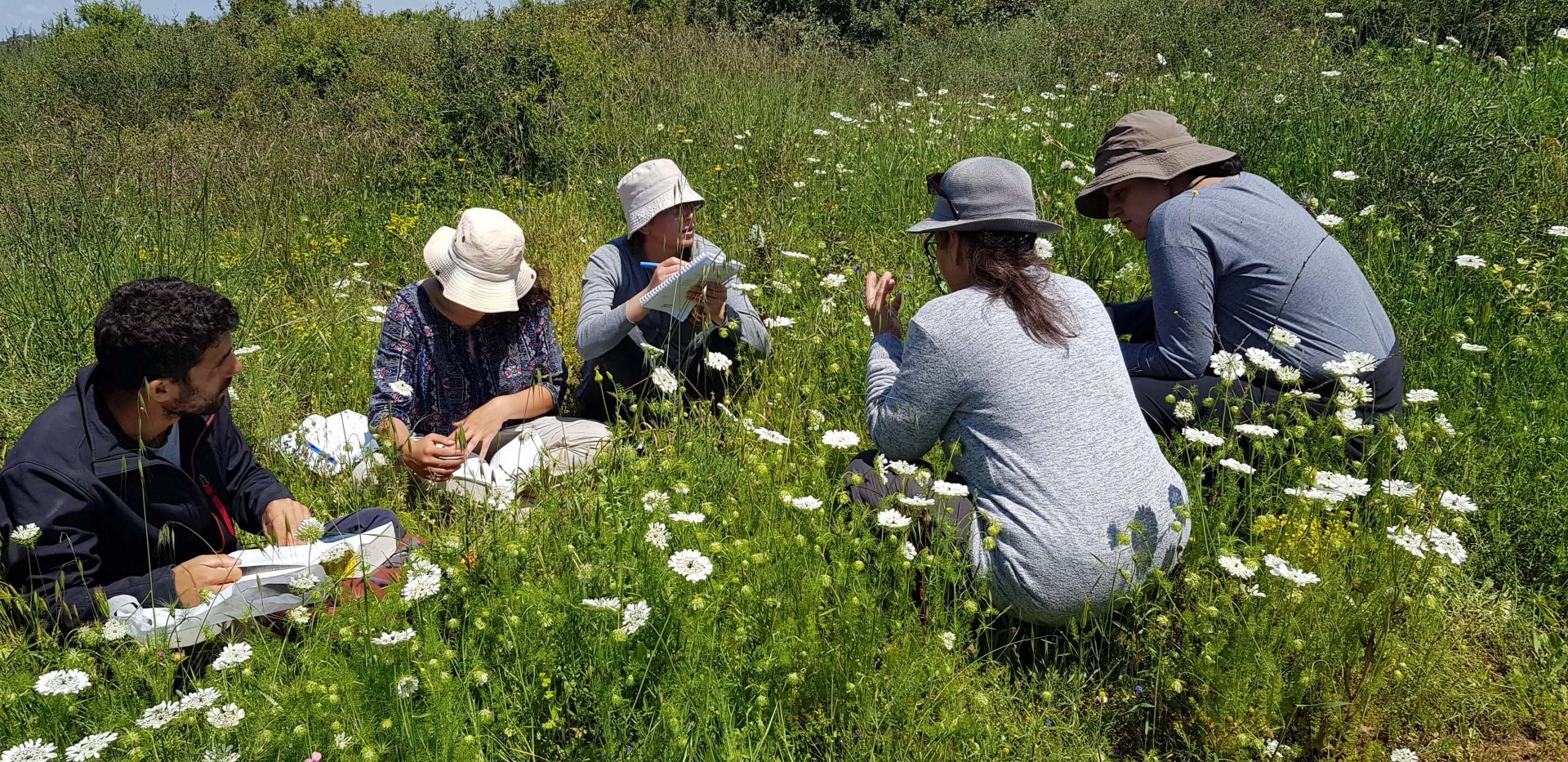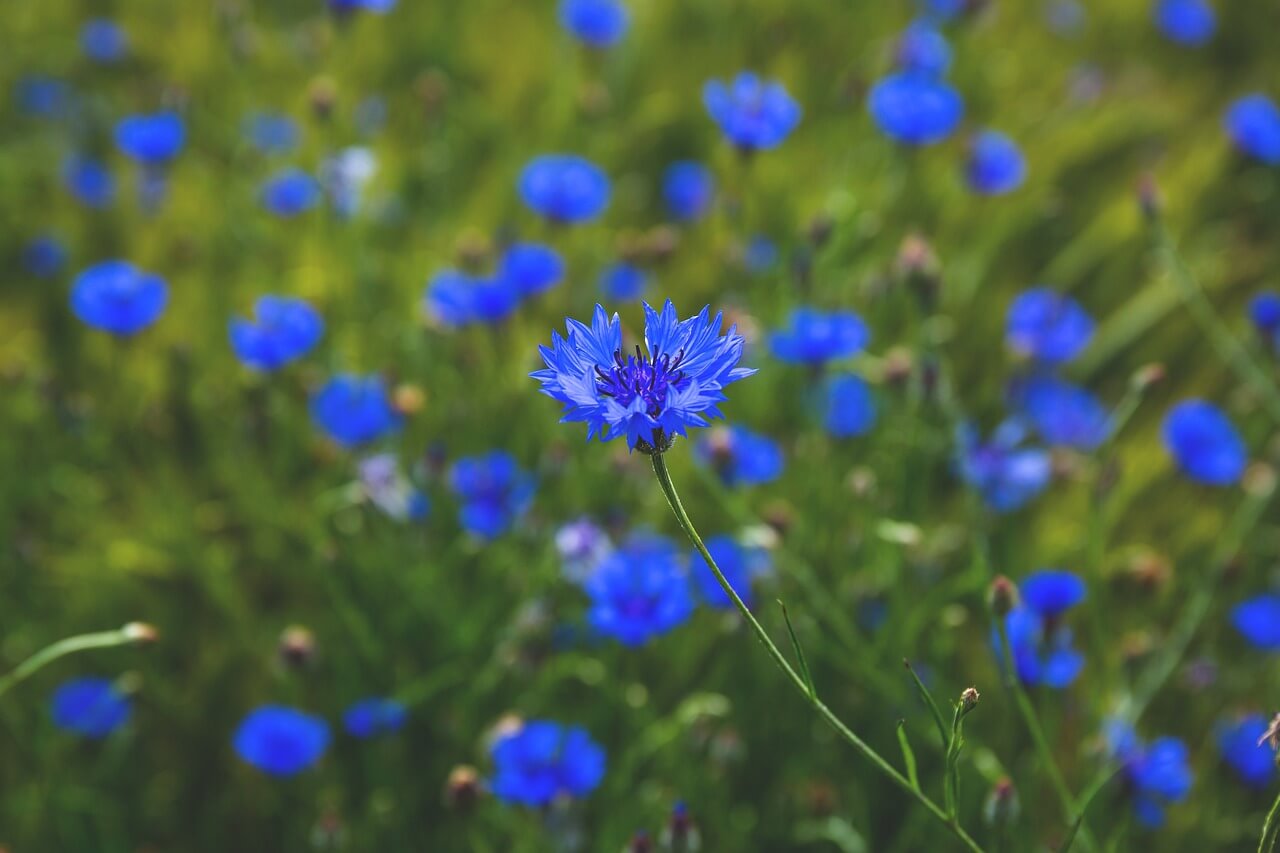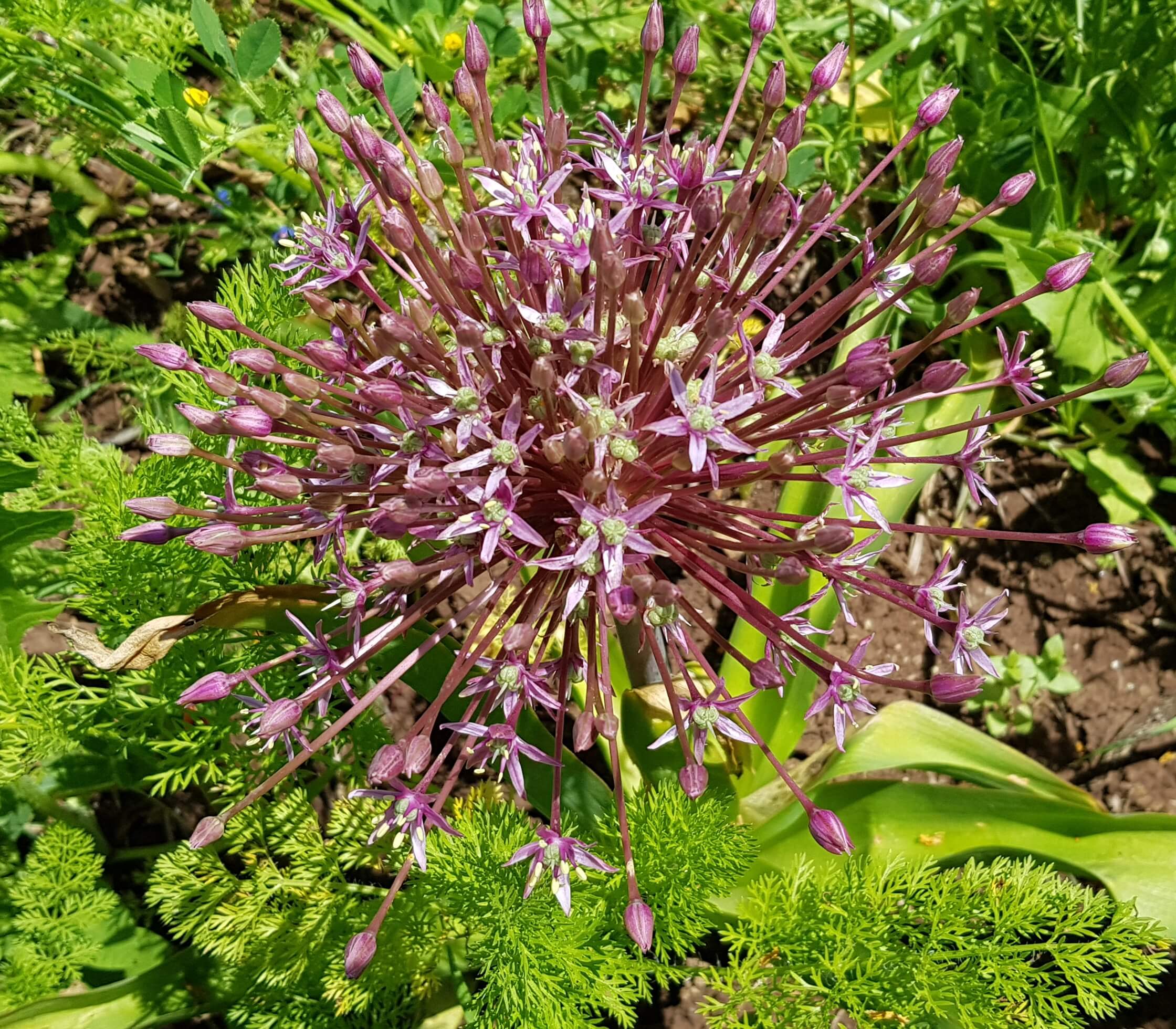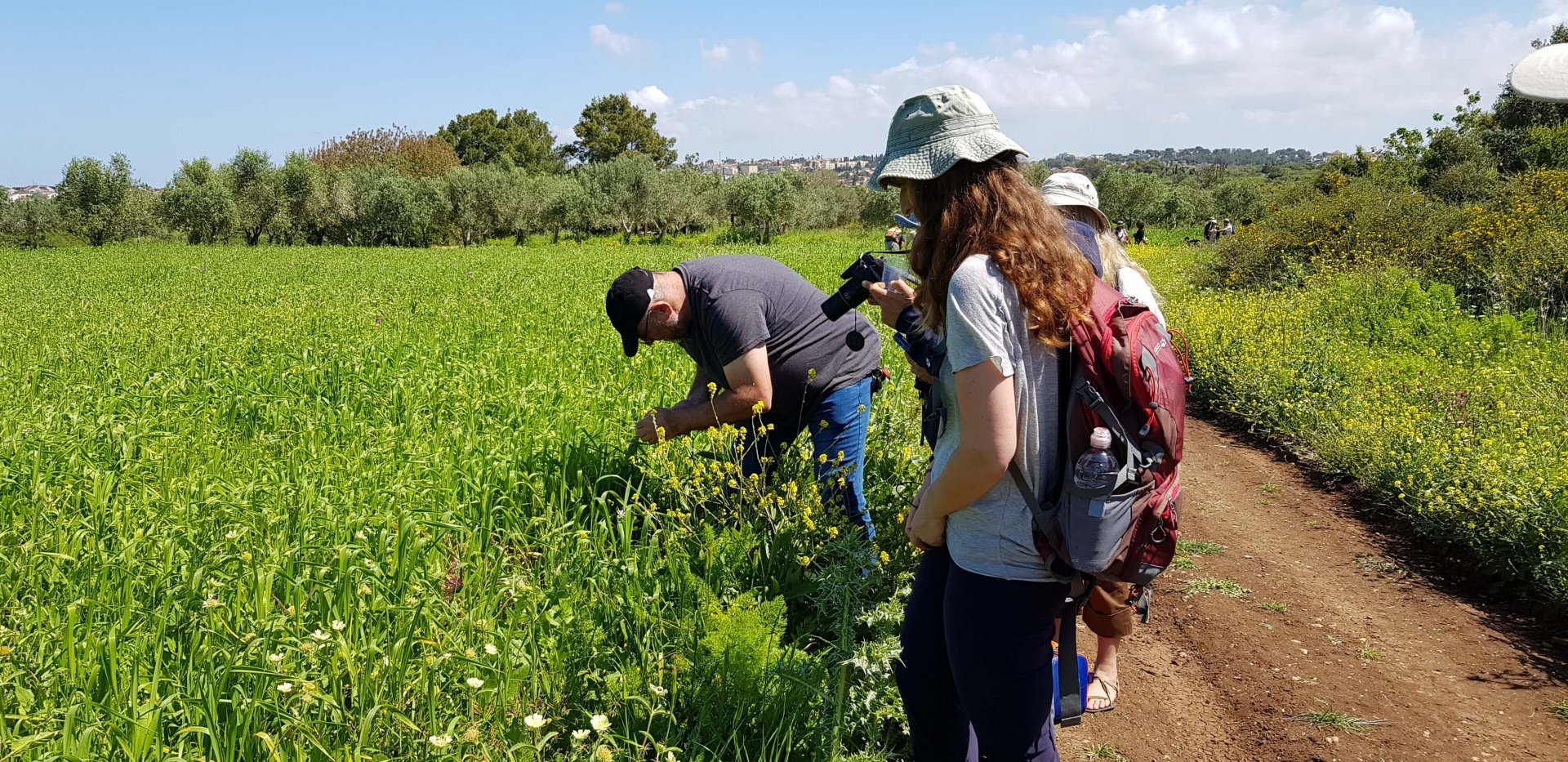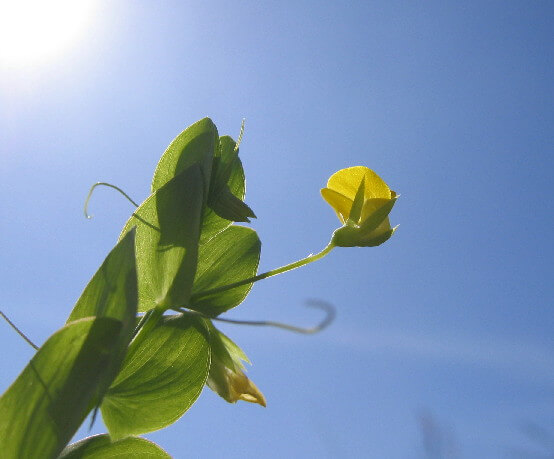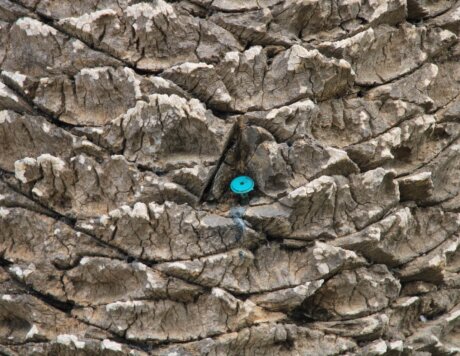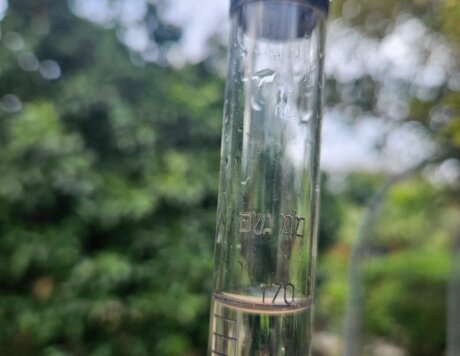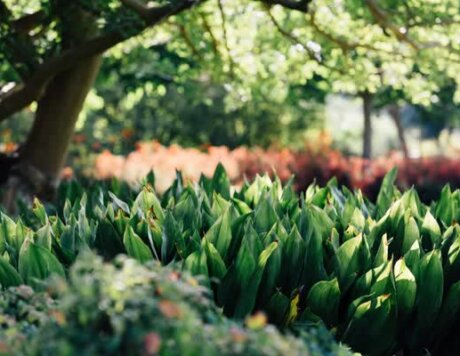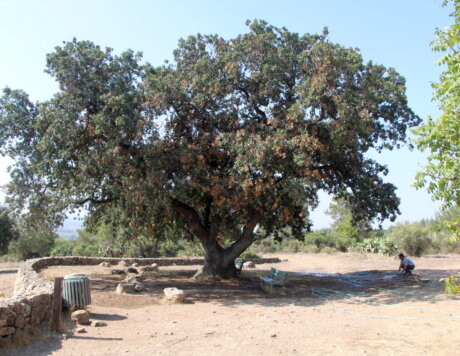This year the botanical staff of Ramat Hanadiv set out once again to monitor the vegetation in the Nature Park. Liat Hadar and Yael Navon, from the research staff of Ramat Hanadiv, relate that right now, with the end of flowering in the field, researchers are working hard to analyze the entire database, as well as phenomena unique to this year.
At this stage they can already identify an interesting finding – this year, a year in which the rainy season was particularly long, the main waves of flowering ended at a very early stage with respect to previous years. For example, during the red flowering wave, Ranunculus asiaticus (Persian buttercup), which demonstrated impressive flowering in early April last year, finished flowering this year in mid-March. The yellow composites, known to flower late in the season, such as Picris galileae and Crepis palaestina, were at the peak of their flowering in early April last year, while at the same time this year there were only a few individuals in the field. And which plant always appears at the end of the season? Centaurea cyanus (Blue cornflower), whose flowering last year was sparse, produced carpets of impressive, abundant flowers this year!


